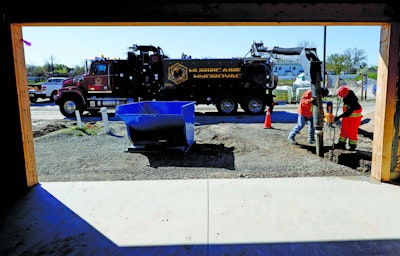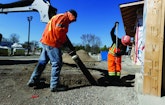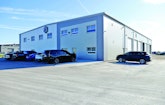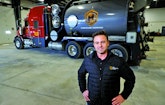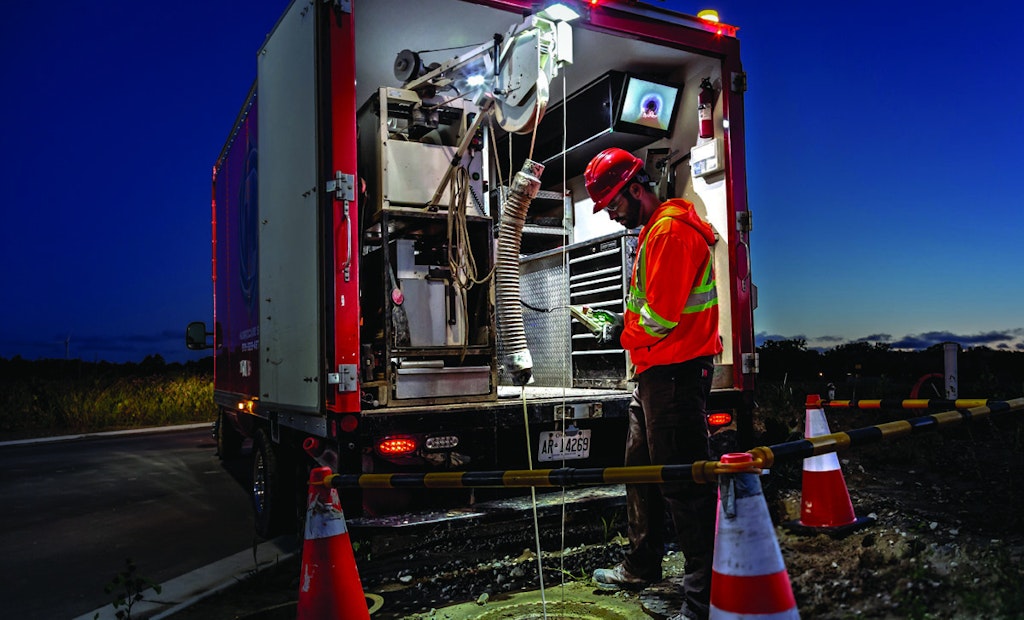
A technician is at the controls of an IBAK inspection camera. The company has four camera trucks working at its Hurricane Sewer Maintenance Services division. (Courtesy of Hurricane Hydrovac)
Every day, more than two dozen hydroexcavation and dry- and wet-vacuum trucks emblazoned with Hurricane Hydrovac iconography fan out across southern Ontario to expose underground utility lines, pump out septic tanks, dig trenches, perform industrial cleaning and flush municipal...
